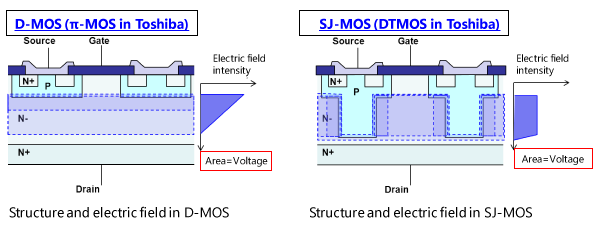- 半導體首頁
-
應用Automotive
Body Electronics
xEV
In-Vehicle Infotainment
Advanced Driver-Assistance Systems (ADAS)
Chassis
IndustrialInfrastructure
BEMS/HEMS
Factory Automation
Commercial Equipment
Consumer/PersonalIoT Equipment
Healthcare
Wearable Device
Mobile
Computer Peripherals
-
產品車用元件
Discrete Semiconductor
Diodes
電晶體
通用邏輯IC
Analog Devices
Digital Devices
Wireless Devices
※
: Products list (parametric search)
功率半導體※
: Products list (parametric search)
隔離器/固態繼電器Photocouplers
Digital Isolators
※
: Products list (parametric search)
MOSFETsIGBTs/IEGTs雙極性電晶體※
: Products list (parametric search)
Diodes※
: Products list (parametric search)
微控制器馬達驅動 ICs智能功率 ICs※
: Products list (parametric search)
電源管理 ICs線性 ICs※
: Products list (parametric search)
通用邏輯 ICs線性影像感測器其他產品其他產品
※
: Products list (parametric search)
-
開發/設計支援
開發 / 設計支援
-
技術知識
- 購買管道
- 型號 & 關鍵字搜尋
- 交叉搜尋
- 參數搜尋
- 線上庫存查詢跟購買
This webpage doesn't work with Internet Explorer. Please use the latest version of Google Chrome, Microsoft Edge, Mozilla Firefox or Safari.
型號需要超過三個文字以上 Search for multiple part numbers fromhere.
The information presented in this cross reference is based on TOSHIBA's selection criteria and should be treated as a suggestion only. Please carefully review the latest versions of all relevant information on the TOSHIBA products, including without limitation data sheets and validate all operating parameters of the TOSHIBA products to ensure that the suggested TOSHIBA products are truly compatible with your design and application.Please note that this cross reference is based on TOSHIBA's estimate of compatibility with other manufacturers' products, based on other manufacturers' published data, at the time the data was collected.TOSHIBA is not responsible for any incorrect or incomplete information. Information is subject to change at any time without notice.
型號需要超過三個文字以上
How are super-junction MOSFETs different from common D-MOS?
The depletion layer spreads differently in N-layer, which determines the limit of the breakdown voltage. SJ-MOS can be designed with N-layers with lower resistivity, allowing for lower on-resistance.

SJ-MOS (we call it DTMOS) forms a columnar P layer (P-pillar layer) on a part of N-layer and alternates P-N layers.
When VDS is applied, the depletion layer spreads over N-layer, which is the drifting layer. However, the spreads differently in the common D-MOS (called π-MOS in our case) and SJ-MOS. (See the electric field intensity diagram. The electric field intensity indicates the state in the depletion layer.)
In D-MOS, the interface between P/N-layers has the highest electric field strength, and breakover (breakdown phenomena) occurs when this part exceeds the limit of the material-silicon. This is the limit of the breakdown voltage. On the other hand, SJ-MOS has uniform electric field strength in N-layers.
As a consequence, SJ-MOS can be designed with lower-resistance N-layers, allowing for lower on-resistance.
Please also refer to FAQ below.

